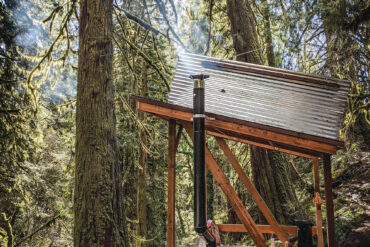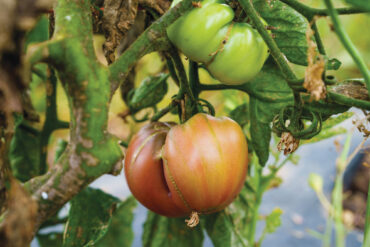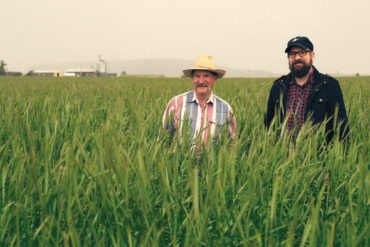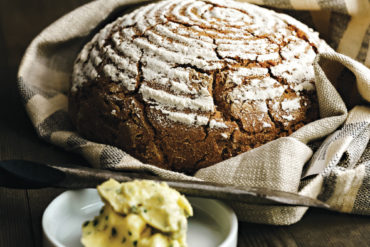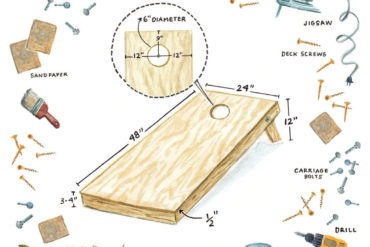Natural Beauty
A house in Mosier captures everything special about the Columbia River Gorge written by Melissa Daltonphotography by Christopher Dibble Richard Brown is no stranger to working on esteemed sites. Consider the architect’s deft addition to a 1949 Pietro Belluschi house in Oak Grove—Belluschi being perhaps Oregon’s most famous modern architect and known worldwide. But when the owners of 10 acres near Mosier in the Columbia River Gorge reached out, it wasn’t an existing house that struck awe in Brown. It was the land. “My first thought was, ‘This is a rare opportunity for us to work with a really beautiful site,’” said Brown. “I felt a great responsibility to be respectful, in order to take advantage of as many aspects of it as we can.” The Columbia River Gorge is indeed dramatic: a canyon 80 miles long and 4,000 feet deep in spots, cut by the Columbia River and marking…



